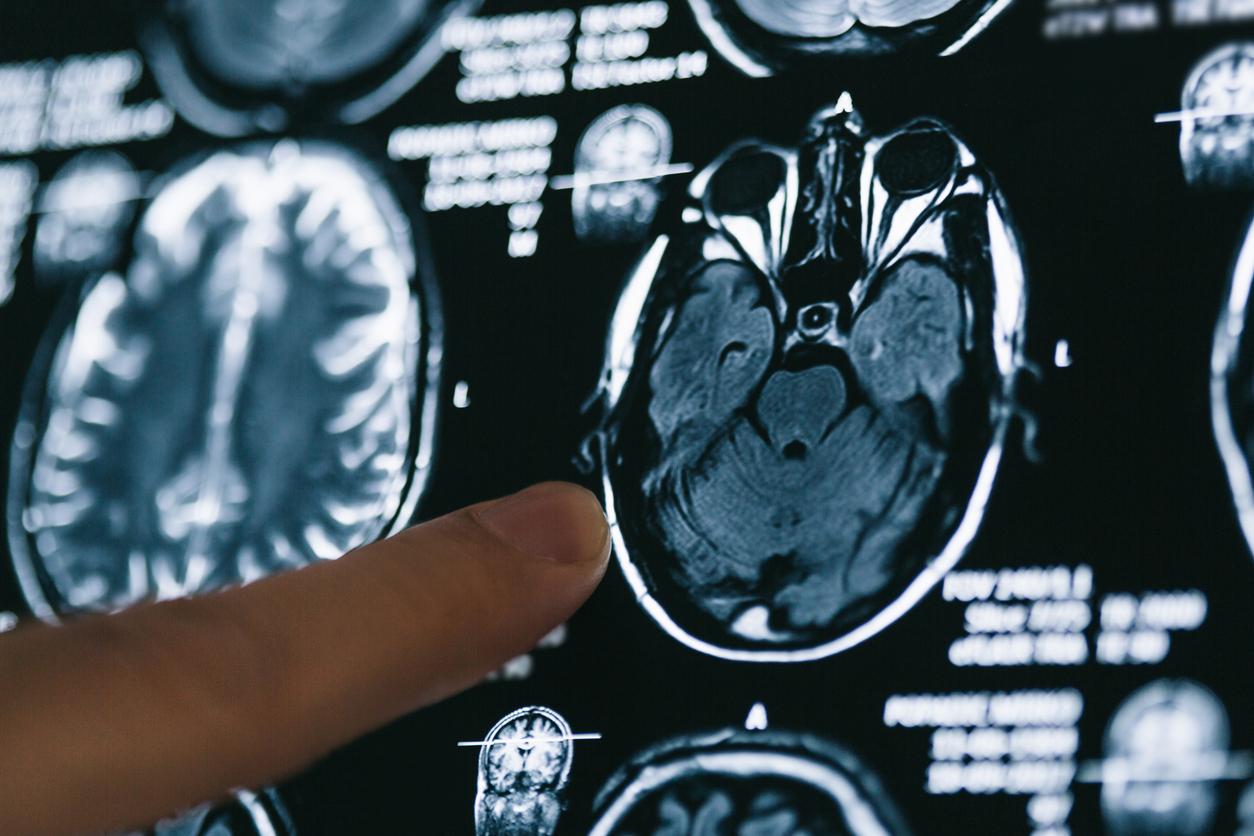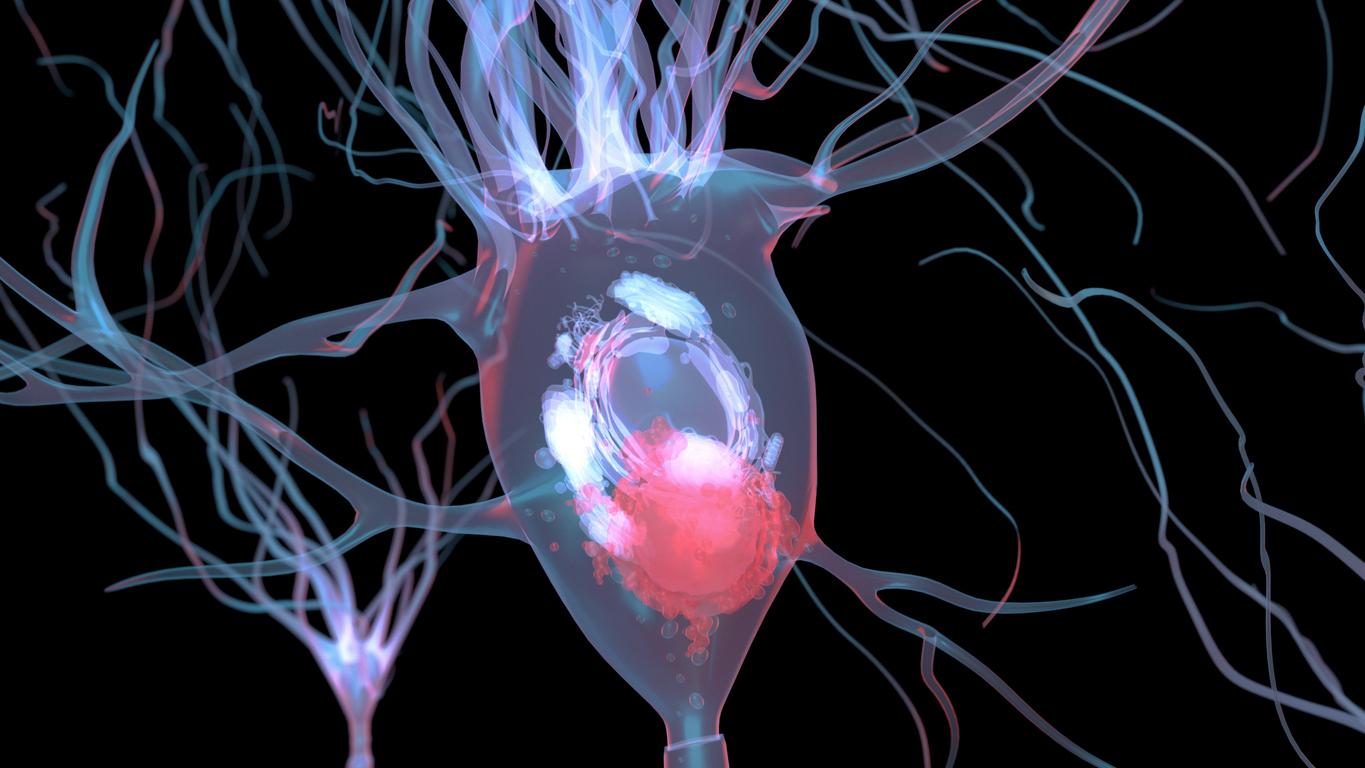Better patient care would largely explain the significant change in the proportion of elderly people affected by dementia at the end of life.

- The proportion of elderly American patients who die with a diagnosis of dementia has increased from 35% to 47% in thirteen years
- An increase which is also linked to better care
Dying with dementia today concerns one in two elderly people in the United States. These figures alone would already be impressive. But what stands out the most study conducted by the University of Michigan and published in the JAMA Health Forumis that this proportion went from 35% in 2004 to 47% in 2017!
It was by analyzing the data of 3.5 million people over the age of 67 who died between 2004 and 2017 that the researchers discovered this development. They focused on the elements transmitted to the health insurance services and relating to the last two years of life of the patients: whereas in 2004 35% of these documents concerned the costs of care for dementia, the percentage rose to 47% in 2017.
Better coverage by the American Medicare system
Does this mean that cases of dementia in the elderly at the end of life are increasing significantly and rapidly? Not necessarily, underline the authors of this work. Indeed, they note that the greatest increase in the percentage of people who died with a diagnosis of dementia was recorded when the American health care system, Medicare, authorized doctors’ offices and healthcare establishments to specify the diagnoses on their documents. And moreover, almost at the same time, the national plan to fight against Alzheimer’s disease was implemented, which probably helped to raise awareness of these cases of dementia and to increase the number of patients treated.
More patients have access to palliative care
Because what the study published in the JAMA Health Forum also reveals is that the care provided to patients with dementia has reduced the number of deaths of these people in non-specialized hospital departments or in intensive care. . On the other hand, the number of those who received end-of-life palliative care increased from 36% in 2004 to 63% in 2017.
“Where once the problem was arguably underdiagnosed, we can now better use these dementia diagnosis rate statistics to plan health care spending and adjust Medicare coverage.“, underlines Julie Bynbum, professor of geriatric medicine.

.

















